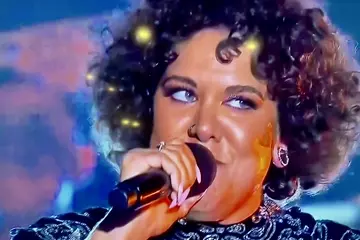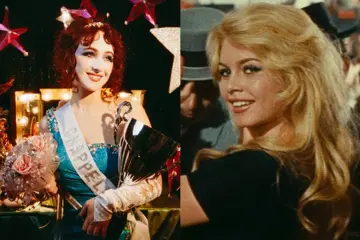The internationalisation of music content available to Australian consumers continues, with The Music confirming that MTV Australia quietly switched to international feeds a couple of months ago, leaving Australian music video content high and dry.
Parent company Paramount confirmed in a statement to The Music today:
“In an Australian-first, MTV music channels are now available for free via Pluto TV on 10 Play. These free channels join the MTV line up on Foxtel and Sky. Local programming continues for the popular CMT music channel featuring the best country music from the world with a vast content lineup featuring Australian artists. Our MTV music channels have moved to a global feed that features the best music from around the world.”
The spokesperson declined to answer whether the company would be adding more Australian content to their global feed, nor would be drawn on whether Australian artists or labels would have access to pitch their music.
The changes have impacted all channels apart from country-focused CMT which continues to be scheduled locally. It is understood that several redundancies were made as part of the overhaul. Foxtel currently broadcasts MTV Hits, MTV Club, MTV 80s and CMT while Fetch also broadcasts MTV 90s and MTV 00s, alongside the 10 Play feeds.
Don't miss a beat with our FREE daily newsletter
Current on-air content currently being broadcast suggests little to no room for domestic artists. The changes have also forced the closure of initiatives like the locally programmed ‘Upload’ show which gave a platform to smaller Australian acts.
The Music spoke to a range of label and industry stakeholders who have been disheartened, yet unsurprised by the move.
One industry source said:
“You never want to see a media which can give a lift to Australian artists go by the wayside, especially one that has such great history and gives the life to the visual medium for music. MTV Hits, Club, Upload and Classic all had small audiences but they all add up to something significant and added to the Australian culture.
“I don’t think it will have a big impact on Australian artists individually, but it’s that eroding of Australian content from our media landscape that’s a shame. Keeping CMT alive is a good thing and they do a great job on that channel in giving Australian country artists a voice. With Foxtel’s CMC closing a few years back, it’s good that Paramount still see value in keeping CMT going and hopefully they will invest more into that channel locally and keep country music growing in Australia.”
The local support for CMT was echoed through other sources, with a continued local voice in country music welcomed by all.
For mainstream music, however, you can’t be what you can’t see and while Australian music is struggling on the charts, having it invisible on MTV Hits will contribute to cementing the spiral that new Australian content needs to arrest. It is indeed a shame to have an 80s channel broadcasting to Australians that may not feature Beds Are Burning or You’re The Voice, but as Australia’s industry withdraws its financial support for locally-produced media and music audiences continue to drift towards internationally curated sources, the industry grapples with turning the tide to make local content seen and heard.
Leading radio plugger Frank Varrasso said that the ramifications are broad, both for MTV and for what it signals for the local scene.
“When it comes to emerging artists, international channels prioritise established international artists over emerging Australian talent. This can make it more challenging for new artists to break through on a global scale, which concerns me most. As we all know, the music industry plays a significant role in the Australian economy. Reduced exposure could affect revenue streams, including album sales, merchandise, concert ticket sales, etc.
“Let’s not forget that music is an integral part of Australian culture. A lack of representation could mean that diverse voices and genres from Australia don't get the attention they deserve, potentially further homogenising the music landscape.”
With the world moving to YouTube and other online platforms for music content, it’s telling that the change happened without so much as a press release, but the opportunities for Australian music in curated video programming seem to now have all but disappeared. The days of switching on Channel V to see what’s cool or switching on Video Hits for your fix of pop hits may be gone, but they aren’t forgotten.
May Rage live long and prosper…. WITH Australian content.















